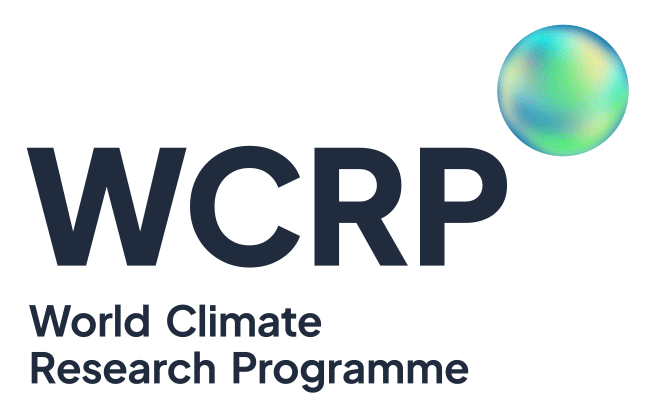The World Climate Research Programme Joint Scientific Committee (JSC) has formally endorsed during its 45b session the process and scenarios proposed by ScenarioMIP as part of the Coupled Model Intercomparison Project (CMIP) suite of experiments. The proposed scenarios have been established through internal consultation, in close collaboration with the CMIP community and endorsed by the WCRP Earth System Modelling & Observations (ESMO) Core project’s Working Group on Coupled Modelling (WGCM) . Download the endorsement here.
These scenarios are a scientifically rigorous framework for assessing future climate pathways and offer plausible alternative futures based on coherent assumptions. They enable research communities to explore socio-economic trajectories, assess climate drivers, characterize future conditions, and evaluate mitigation and adaptation strategies.
To ensure scientific robustness and policy relevance, the experimental design adheres to key guiding principles: illustrating plausible emissions and land-use trajectories, capturing a wide and representative range of possible futures, prioritizing an emission-driven approach for CO₂, and extending across both near-term (2050) and long-term (2100) time horizons, with extensions to 2500 to investigate multi-century responses of the earth system. These principles provide a structured foundation for scenario development, ensuring relevance to climate modelling, impact assessments, and policy analysis.
To capture a broad range of possible climate futures, the following scenarios are proposed:
- High Emission Scenario (H): High emission scenario to explore potential high-end impacts
- Medium Emission Scenario (M): Medium emission scenario consistent with current policies
- Medium-Low Scenario (ML): Scenario with delayed increase in mitigation effort, insufficient to meet Paris Agreement objectives
- Low Emission Scenarios: Includes three trajectories aligned with the Paris Agreement:
- A feasible Low (L) scenario consistent with staying likely below 2 °C
- A Very Low with Limited Overshoot (VLLO) consistent with limiting warming to 1.5°C by 2100 AD with limited overshoot (as low as plausible) of 1.5 °C during the 21st century
- A Very Low after High Overshoot (VLHO) scenario with similar end of-century temperature impact to VLLO, but with less aggressive near-term mitigation and large reliance on net negative emissions, resulting in a higher overshoot.
Also read the article on CMIP website at https://wcrp-cmip.org/cmip7-scenarios-endorsed-by-wcrp/
The proposed set of storylines, targeted yet spanning a comprehensive range of futures, once integrated into Integrated Assessment Models (IAMs) will provide essential forcing data for Earth System Models (ESMs) in CMIP7. These scenarios will advance research not only on climate processes, but also on impacts, adaptation, and mitigation. They will also inform the 7th Intergovernmental Panel on Climate Change Assessment Report (AR7).
By spanning a wide spectrum of possible futures—from a high-emission trajectory signalling policy failure to a low-emission path requiring transformative action—this framework equips the scientific and policy communities with the scientific foundation to inform decisions.
WCRP fully endorse this process and proposed scenarios, recognizing their critical role in shaping a science-based response to climate change.

